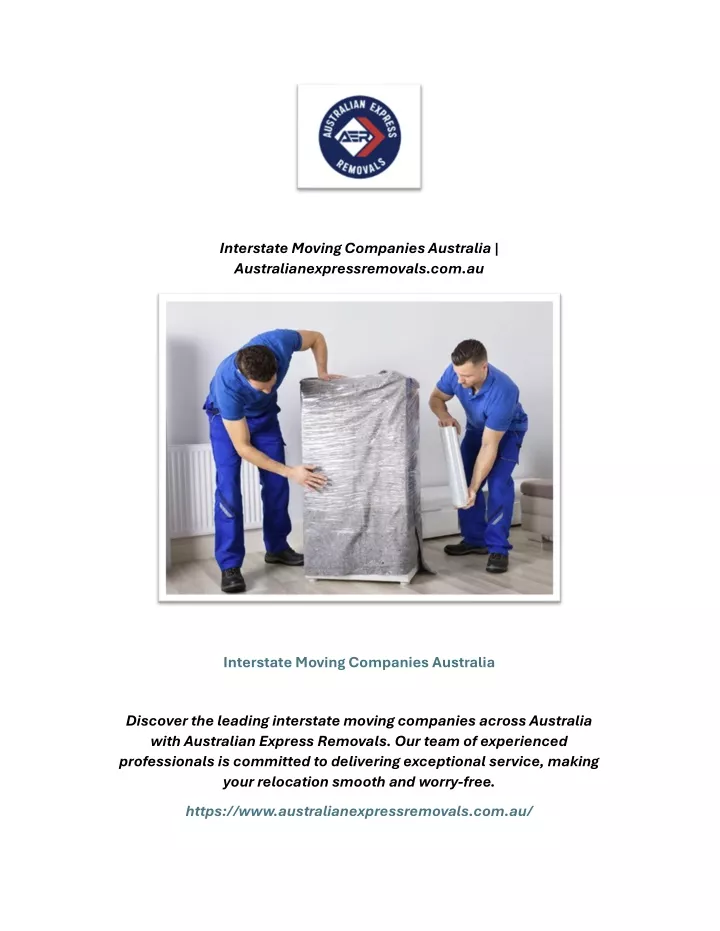Moving between states isn’t just a matter of distance; it involves complex logistics.
This article offers a unique look at how to handle long-distance moving effectively.
Stay with us to discover what affects the cost of interstate moving.
What Makes Interstate Moving Unique?
This means only certified and insured companies can legally handle your goods interstate.
For example, some states have agricultural checks, item bans, or specific rules on transporting vehicles.
Most importantly, the logistics are more complex: possible weather impacts come into play.
Finding the Perfect Cross-State Moving Partner
Selecting the right interstate moving company is crucial for a successful relocation. Start by checking for proper licenses and insurance—legitimate companies must have a USDOT number issued by the Department of Transportation.
Compare not just the price, but also the included services: Does the quote cover packing, loading, unloading, insurance, and delivery timeframes?
Finally, evaluate their communication. A reliable interstate mover should answer your questions clearly, provide a written contract, and offer transparency about the process.
What Determines the Price of an Interstate Move?
Another key factor is the weight or volume of your shipment; heavy or bulky loads increase both transport and handling fees.
For long-distance moves, some companies offer flat rates, while others charge per pound or cubic foot. Make sure you understand the pricing model before signing.
Lastly, access conditions impact costs.

Effective Planning for Moving Between States
Proper planning is the foundation of a successful interstate move. Start by creating a timeline—ideally 8–12 weeks before your move date.
Create a detailed list of what you’re moving, noting valuable or fragile items.
Pack important documents, medications, chargers, snacks, and a change of clothes in a separate bag you keep with you.
How to Choose the Best Type of Interstate Service
Not all interstate moving services are the same, and understanding your options helps you choose wisely.
This can be more affordable but requires more personal effort.
Understanding detalhes aqui your specific needs ensures you select the best option for a smooth and cost-effective interstate relocation.

Common Mistakes to Avoid in Interstate Moving
Booking early not only secures better pricing but also gives you time to research and prepare properly.
Hiring unlicensed companies or falling for low-ball quotes can lead to scams, damaged goods, or lost belongings.
Using cheap boxes, skipping labels, or failing to protect fragile items increases the risk of breakage.
How to Reduce the Cost of a Long-Distance Move
Hold a garage sale or list items online to offset some moving expenses.
Don’t settle for the first estimate; gather at least three and negotiate if possible.
Combining professional help with DIY strategies creates a cost-effective balance that fits your budget and schedule.
Final Thoughts on Moving Between States
From selecting a mover to managing costs, each choice shapes the outcome of your move.
Investing time in research, comparing services, and preparing in advance pays off during a long-distance relocation.
Best of luck on your journey to a new home!
FAQ About Interstate Moving
How can I save money on an interstate move?
Comparing multiple quotes and moving during off-peak seasons also helps lower costs.
When should I hire movers for a long-distance move?
Early booking secures your preferred dates and gives you time to prepare.
What should I leave out of my moving boxes?
Movers typically won’t transport hazardous materials, perishables, firearms, or plants across state lines.
What insurance options are available for long-distance moves?
Review your coverage options carefully and understand the claims process before moving day.
Do movers provide tracking for long-distance relocations?
Many professional interstate movers offer shipment tracking systems or regular status updates.